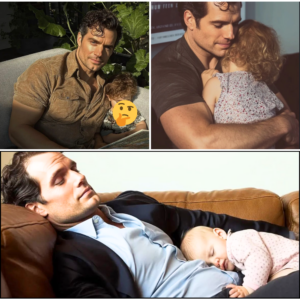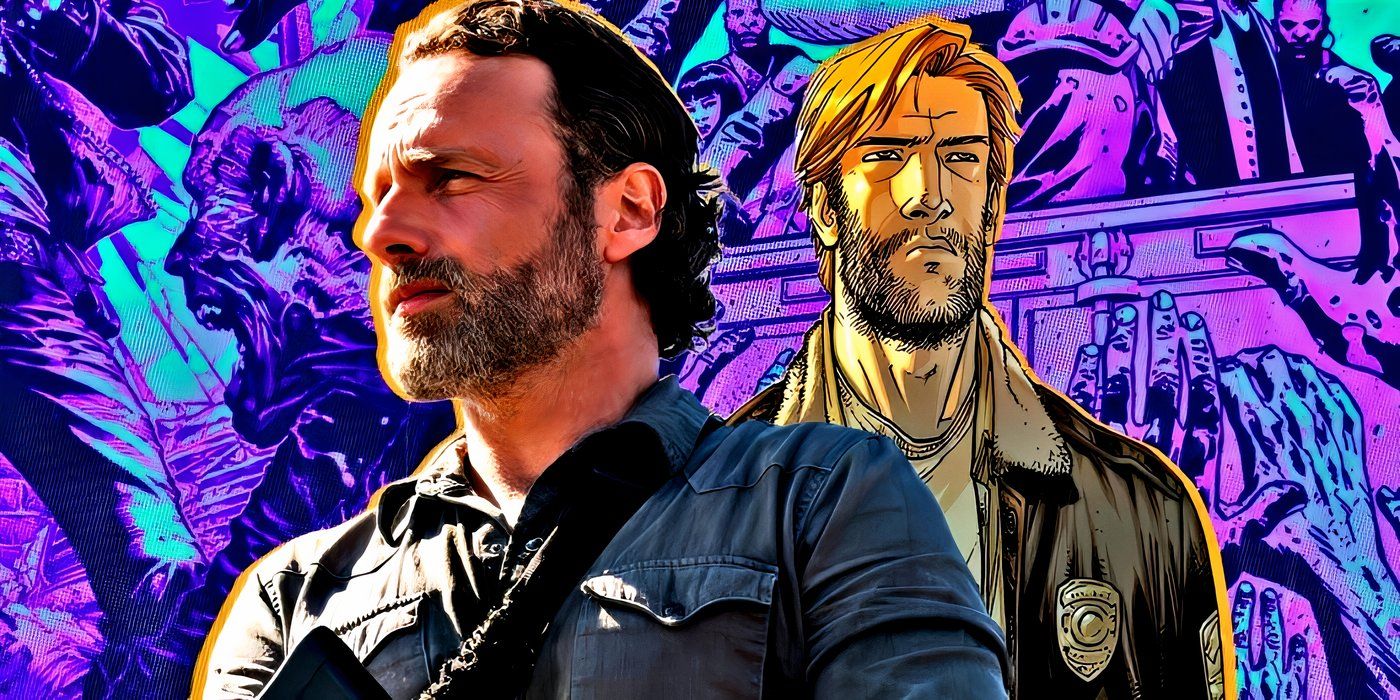
The Walking Dead #1 – written by Robert Kirkman, with art by Tony Moore – famously begins in media res, with the series’ protagonist, police officer Rick Grimes, engaged in a firefight with an escaped convict.
I’ve always appreciated how this single-page moment sets the tone, and establishes the style of The Walking Dead comic, but upon returning to it, I’ve come to realize that it sets up the theme of the whole series, which is that the line between civilization and chaos is razor-thin.
Lately, I Have Come To A New Understanding Of The Opening Pages Of “The Walking Dead”
The Walking Dead #1 – Written By Robert Kirkman; Art By Tony Moore; Published in 2003
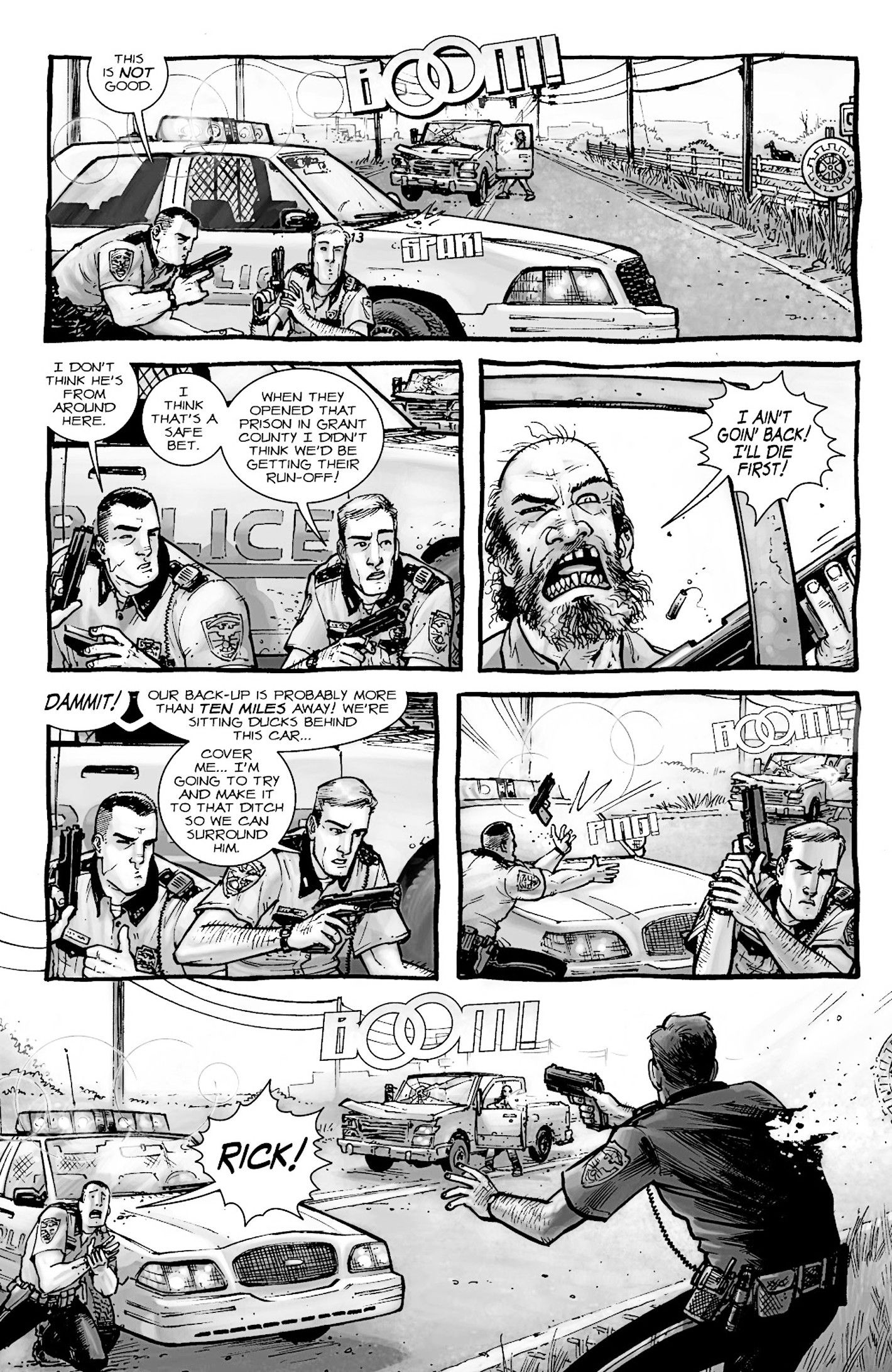
I’ve read the first issue of The Walking Dead multiple times, and up until now, I always took the opening scene at face value, as a shocking, attention-grabbing moment, which also served as a convenient way to put Rick Grimes in a coma, so that Walking Dead #1 could have its big, dramatic “wake up in the hospital during a zombie apocalypse” moment. However, now it has become clear to me that the decision to start the story here is a carefully calibrated creative choice, one that orients the reader toward the overall thematic thrust of the book.
As The Walking Dead went on, Robert Kirkman became increasingly focused on exploring what would happen when the barriers between society and barbarism come crumbling down.
Even before a zombie appears in a single panel of The Walking Dead, Rick Grimes’ life is radically changed by violence – human violence. It is a testament to Robert Kirkman’s writing that there is actually a lot to unpack about this plot decision, as well as the details that comprise it, considering that it all occurs in a sequence of eight panels. To be honest, I’m surprised more detailed analysis hasn’t been devoted to the way it inaugurates both the narrative and thematic trajectories of Kirkman’s story.
That is to say, longtime fans of the comic series will know that as The Walking Dead went on, Robert Kirkman became increasingly focused on exploring what would happen when the barriers between society and barbarism come crumbling down, rather than just serving up another spectacle of zombie-horror violence every issue. This is what gave Kirkman’s story its longevity, and I would argue, helped ensure its popularity – and the opening shoot-out scene signifies that this was the author’s intent from the very beginning.
The Walking Dead’s Opening Scene Tells Readers Exactly Who Is More Dangerous, Humans Or Zombies
One Is Motivated By Hunger, But What Makes The Other Do Bad Things?
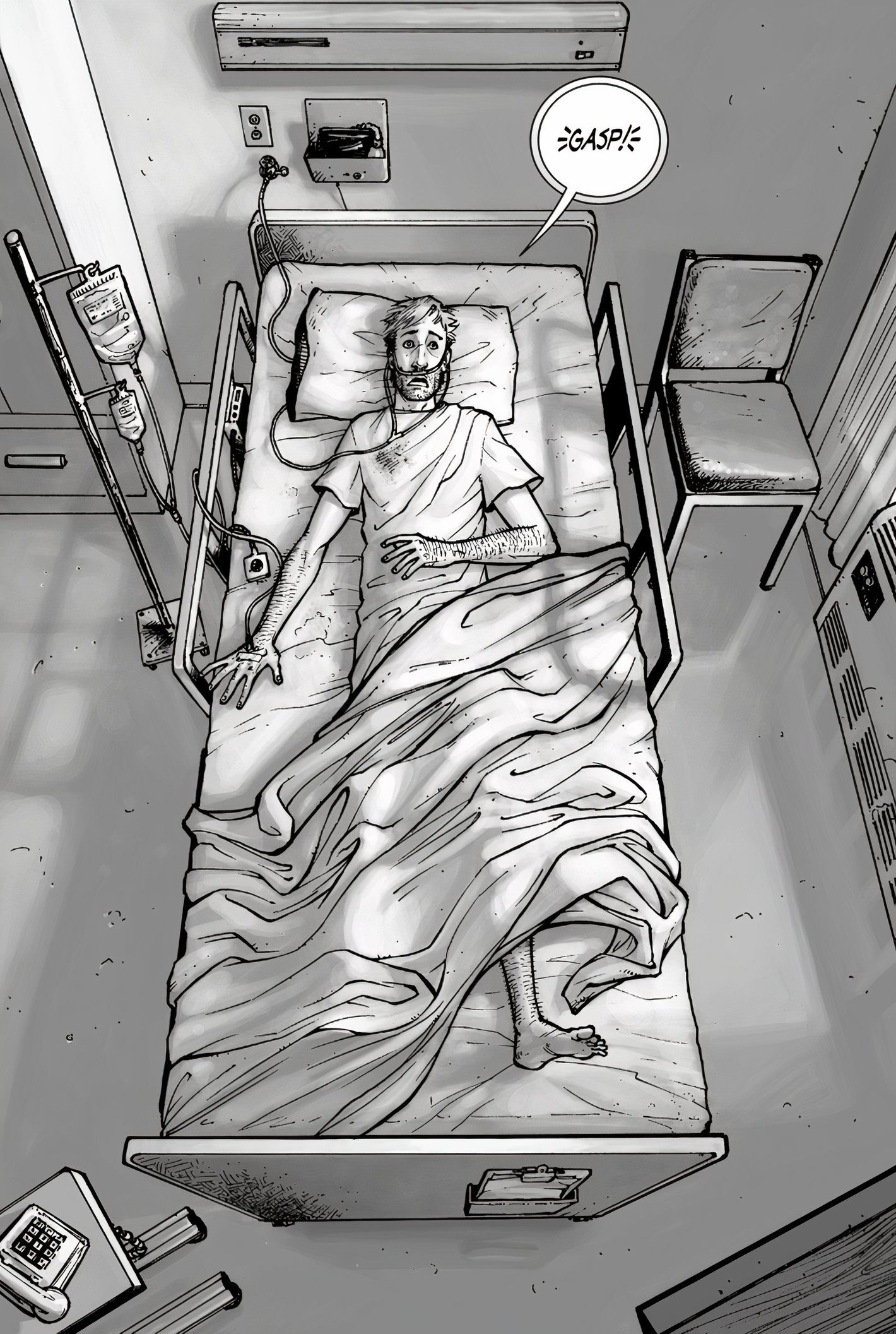
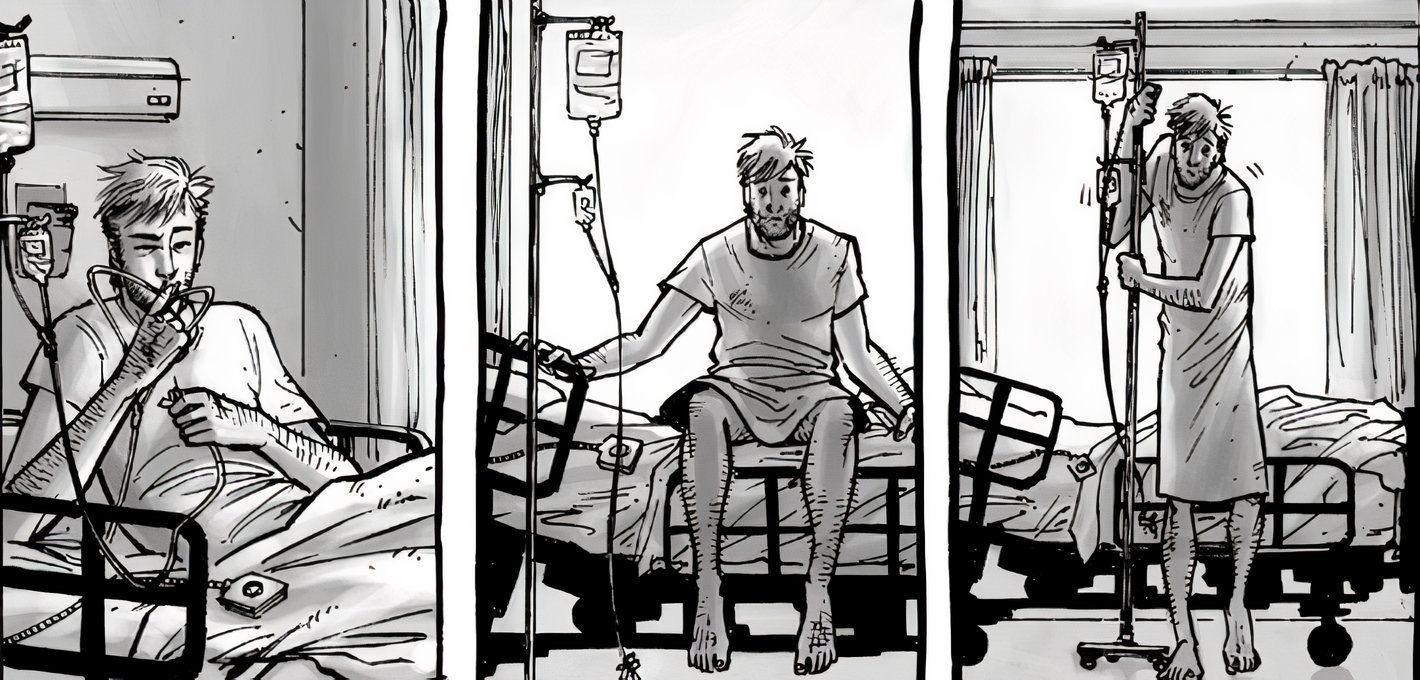
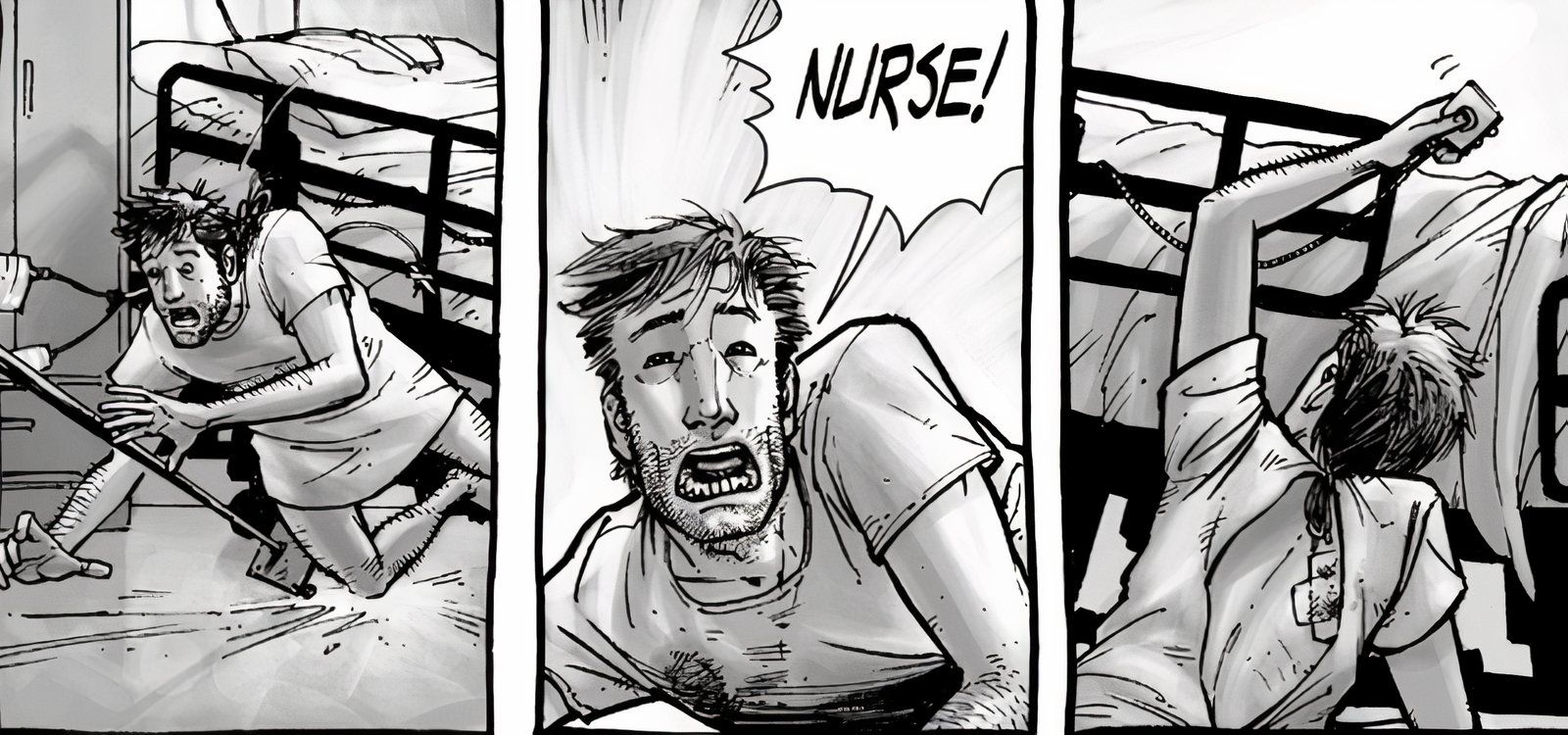



The very first scene highlights the tenuous, strained ties that bind human society together; by the time Rick Grimes wakes up in the hospital on the next page, zombies have gnawed through those ties, but they were really only ever a mechanism to unleash the story’s true monsters. By their nature, zombies are unthinking, and ignorant of the pain they cause – but the same can’t be said of the human villains, from the Governor, to Negan, and beyond, who quickly rose up to make Walking Dead’s post-apocalyptic landscape even worse.
Rick Grimes’ First “Walking Dead” Scene Foreshadowed Much Of What Came Later
An Important Starting Point For The Series
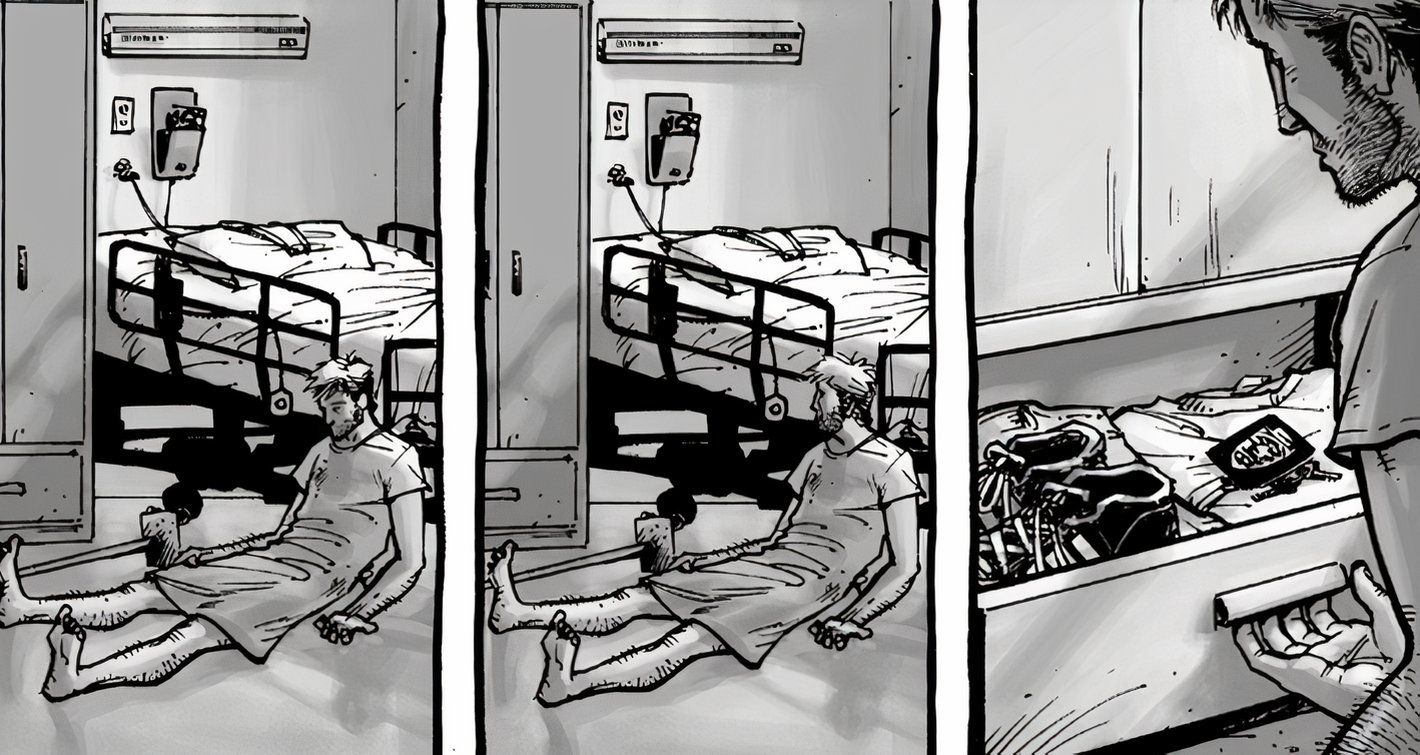
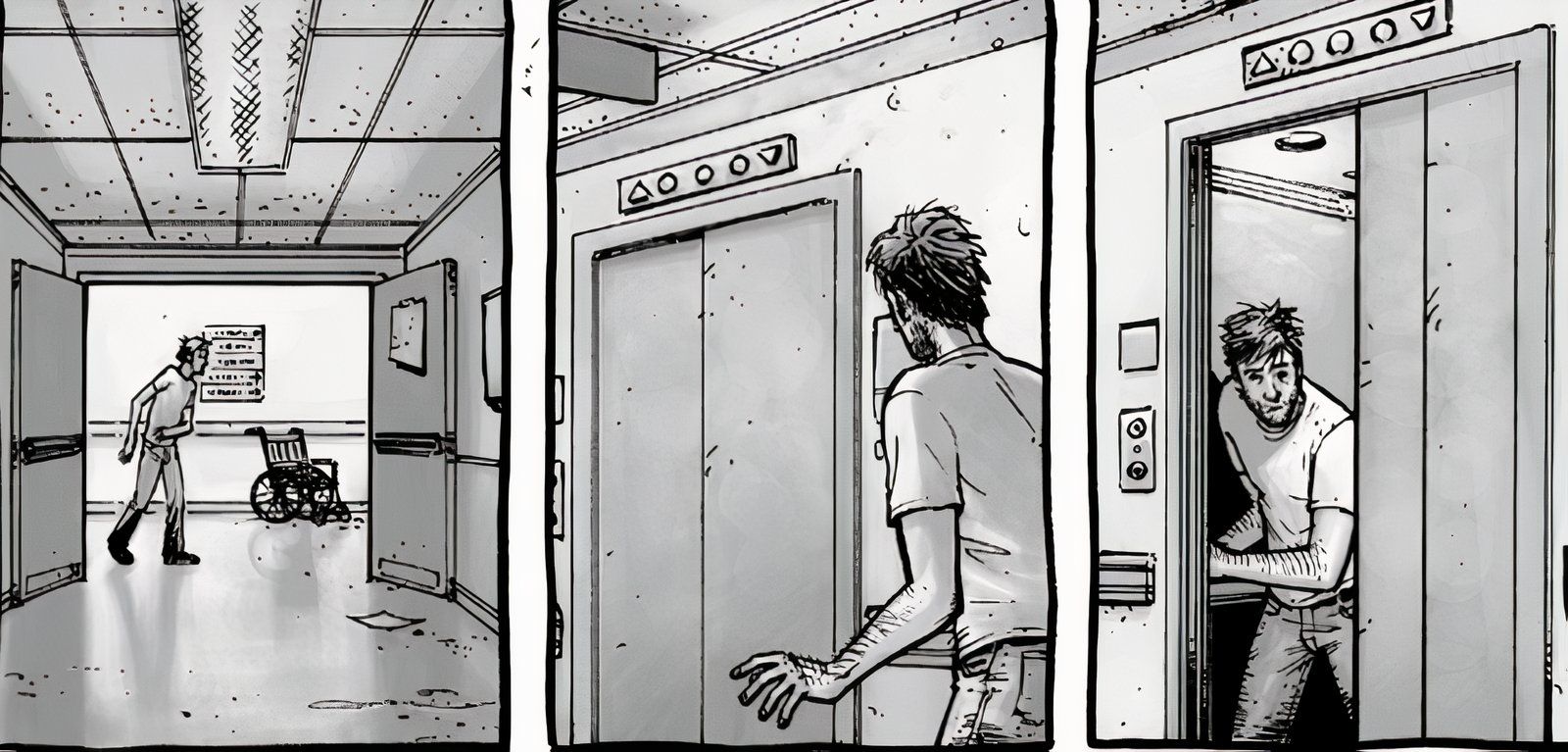
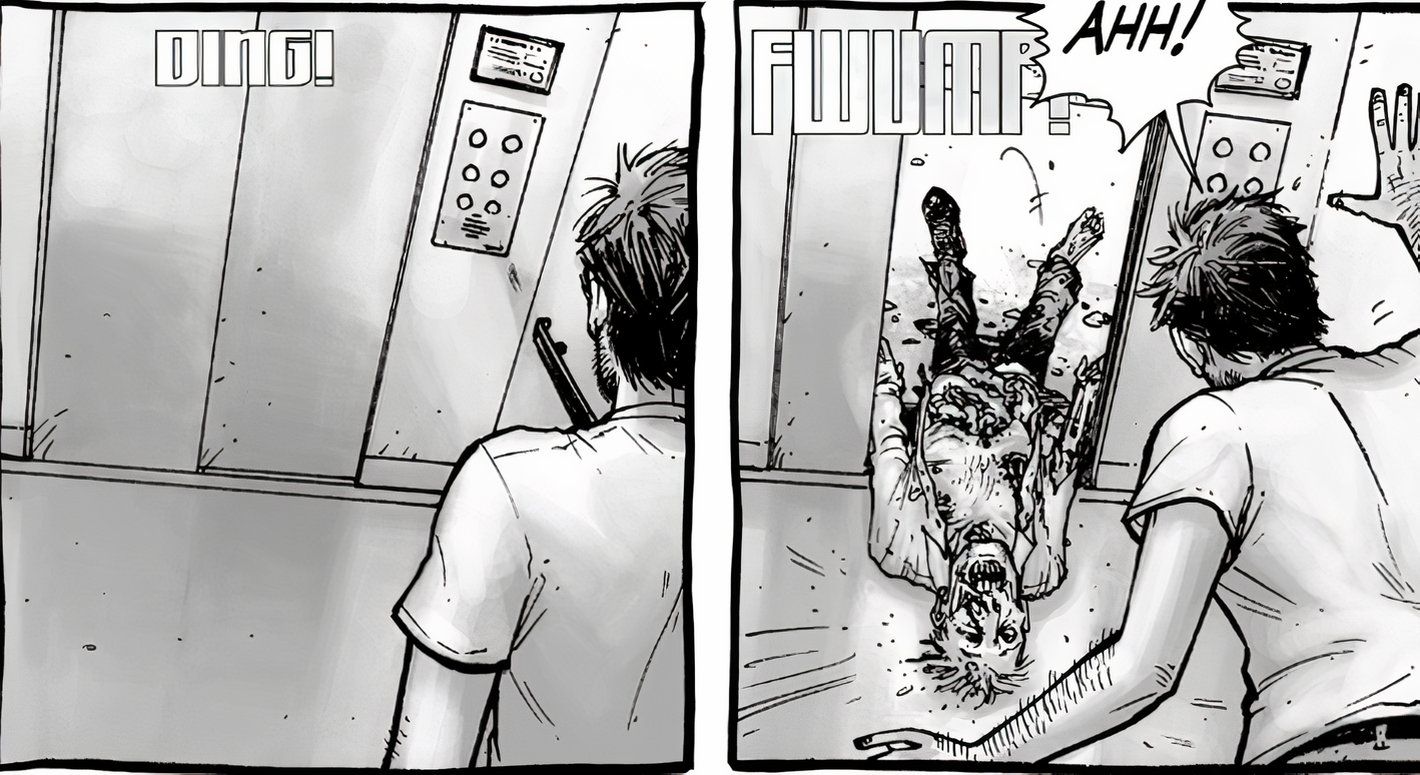



While zombies never stopped being a danger in The Walking Dead, they quickly turned into more of a feature of the setting than an antagonistic force.
That is, to make it about more than just zombies, and in the process, make it far more horrifying. In other words, the existence of zombies might be unfathomable, but the depravities of some human survivors were perhaps all too predictable. This is foreshadowed by the first scene of Walking Dead #1, as are several other key elements of the series ahead, from the prominence of a prison as a location, to the biggest tragedies that Rick Grimes faced during the course of the comic – or rather, would befall his family and friends as he struggled to keep them alive.
The Walking Dead Elevated Zombies & Comics Alike By Asking Vital Questions About Human Nature
A Genre Story With A Philosophical Streak
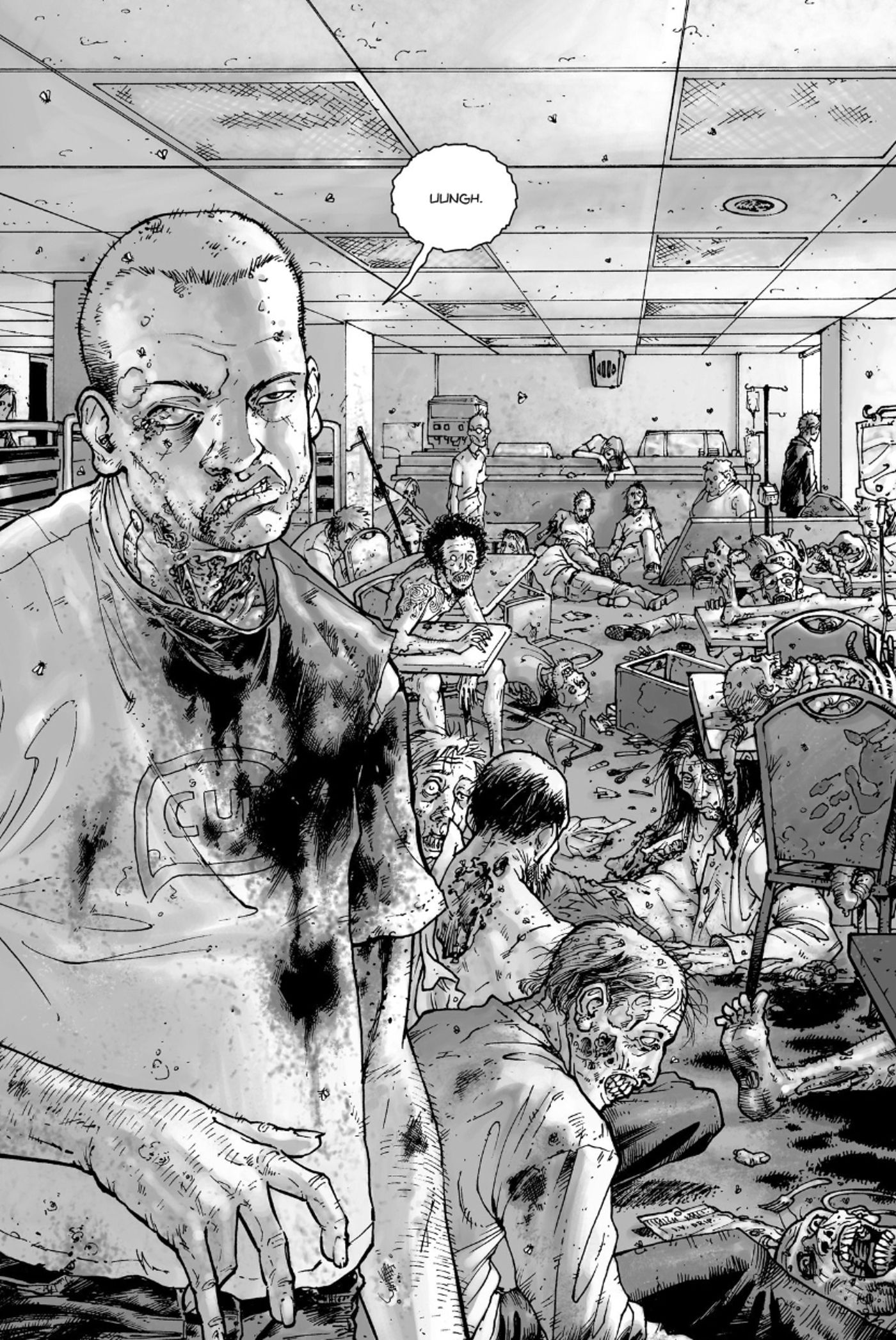
Each arc of The Walking Dead, to some extent or another, contains horrific instances of human-on-human violence, and these are the moments I have learned to focus on as being truly vital to understanding the “point” of The Walking Dead. Again, to Robert Kirkman’s credit, the comic was written with more than just entertainment in mind – like all great works of literature, it has an idea about humanity, and society, that it constantly wrestled with, a struggle out of which its best story beats were generated.
The Walking Dead is not “about” zombies; instead it is a treatise offering a warning about the darkest potential of humanity in a post-civilization landscape.
In the end, I think it is important to remind people – to shout it from the rooftops, if necessary – that The Walking Dead is not “about” zombies; instead it is a treatise offering a warning about the darkest potential of humanity in a post-civilization landscape. Though it is, of course, a thrilling, pulse-pounding read, it is also an intellectually stimulating reading experience, which is what solidifies The Walking Dead as one of the greatest comics of all time, in my opinion.


